There's nothing quite like a lovely soaking bath — a warm, inviting tub is the ultimate relaxation experience. But have you ever noticed how annoying it can be when the water grows cold much more rapidly than you would prefer? You're constantly refilling with hot water, which stops your soak and can build up your water and energy bills. That's why it's important to understand heat retention in soaking bathtubs — especially in freestanding soaker bathtubs.
Whether you're a bath aficionado or want to redesign your bathroom to feel like a spa-like retreat, this guide will explain how heat retention in bathtubs operates, what factors affect it, and how to select a tub that will keep your bath hot.
What Is Bathtub Heat Retention?
Heat retention means a bathtub's capacity to keep the temperature of the water in it over a comparatively long period. A well-retaining heat bathtub means that you can spend more time in a warm soak without needing to adjust or refill the hot water as much.
It's especially important for freestanding soaker bathtubs , where heat retention is even more of a factor. These tubs are meant to provide a luxury soaking experience, and the last thing you want to throw off that zen moment is cold water.
Why Is Heat Retention Critical?
Now, here are a few reasons why heat retention is important for your bathroom experience:
Extended Relaxation Time
Trying to wash away the strains of the day? A heat-retaining bathtub lets you lounge without fear of the water getting cold before you do.
Energy Efficiency
Continuously filling a tub with hot water wastes energy — and possibly contributes to rising utility costs. Good heat retention means you will spend less time heating than reheating the food, saving you money in the long run.

Environmental Impact
Awareness of how much water and energy they use makes a difference. A heat-retaining bathtub decreases unnecessary energy consumption, helping you continue toward a more environmentally friendly lifestyle.
Comfort and Luxury
Most people buy a freestanding soaker bathtub for an indulgent, spa-like experience. Excellent heat retention makes this even better, and you feel the warmth through the bubbles.
It would help if you kept some significant factors that affect the heat retention of freestanding soaker bathtubs in mind.
Some bathtubs retain heat better than others. There are a few different factors that make a significant difference in keeping your water warm:
Bathtub Material
The biggest factor in heat retention is the material used to make your tub. Some materials are far better insulators than others.
l Acrylic Tubs: Budget-friendly and lightweight, acrylic bathtubs are among the most popular choices for freestanding soaker bathtubs. They hold heat reasonably well but can lose warmth fairly quickly compared to alternative materials.
l Cast Iron Tubs Mostarn: Cast iron is the gold standard for heat retention. It absorbs heat from the water and holds it for a long time. The downside? They're so heavy that you might need to reinforce your floor underneath them.
l Stone or Solid Surface Tubs: If you want pure luxury combined with functionality, stone bathtubs or composite solid surface tubs could be the way to go. They provide better heat retention while bringing an elegant vibe to your bath.
l Copper Tubs: You can make a statement with copper tubs: they're unique and stunning while retaining heat remarkably well thanks to their natural thermal conductivity.
l Steel Tubs: Steel tubs are generally one of the more affordable and durable options, but they don't retain heat as well as other materials unless you choose one with an insulating coating.
Tub Thickness
Essentially, the thicker the material, the better it can maintain heat compared to something thin. This is especially the case with acrylic and composite tubs—opt for double-walled options for better insulation.
Surrounding Environment
The temperature and humidity of your bathroom can affect how quickly your bathwater cools. If your bathroom isn’t well insulated, it can let heat escape faster than a tightly sealed, temperature-controlled space.
Water Volume
Freestanding soaker tubs generally take more water to fill than a standard tub. Larger volumes cool more slowly leading to better overall heat retention.
Use of Add-Ons
Believe it or not, the small things can go a long way:
l Tub Warmers: Some soaking tubs are outfitted with built-in heaters or can be adapted with a warming device to keep the water warm.
l Covers or Lids: Using a cover while your tub is filling up or in-between use reduces heat loss.
Tips on Selecting a Freestanding Soaking Bathtub for Best Insulation
Are you considering upgrading your bath with a freestanding soaker bathtub? Here are some tips for picking one to warm and enjoy your soaks.
Consider the Material
Choose high-retention materials like cast iron, stone, or composite. If acrylic is your choice for its low cost and clean looks, opt for a double-walled construction insulating model.
Look for Built-In Heaters
However, modern technology has also reached tubs, and you can find units that actually feature heating elements. This is an absolute lifesaver for long-bath enthusiasts.
Pick the Right Style
Freestanding bathtubs come in all shapes and sizes. Get a deeper tub, one made for full-body immersion, and you can keep the heat for a long time because you have a lot of water in there.
Don't Forget the Aesthetic
Style shouldn't be sacrificed for functionality, though. Freestanding soaker bathtubs are available in various styles, from minimalist lines to vintage-inspired clawfoots to modern, sculptural pieces.
Ask the Right Questions
If you're tub shopping, don't be afraid to ask the manufacturer or retailer about the heat retention features. Understanding the particulars can help you select a model that best meets your needs.
How to Keep Your Bathtub Warmer for Longer
Have a freestanding soaker bathtub already? Here are some handy tips to make the best of your stock:
l Preheat the Tub: Run hot water in advance to warm the surface so it will hold heat better.
l Hot Towels: Spread a warm towel atop the bath's rim.
l Cover the Water: Every time you pause, cover the container with a cover, lid, or tray so that it will not be exposed to cool air.
l Seal the Bathroom: Close all the doors and windows so you can trap any warmth inside the room — it's like priming the room for comfort!
Final Thoughts
Freestanding soaker bathtubs convey more than style; they create the experience of pure relaxation. To elevate your bathing experience to a spa-like escape, understand what contributes to heat retention and choose a tub with the right features. If you're soaking away stress after a long day or treating yourself to a self-care-filled weekend, maintaining a warm temperature is crucial to getting the most out of your well-deserved moment of peace.
If you're prepared to makeover your bathroom and bring the spa home, invest in a freestanding soaker bathtub that offers aesthetics, comfort, and fantastic heat retention.
Take our word for it—your future self will thank you!


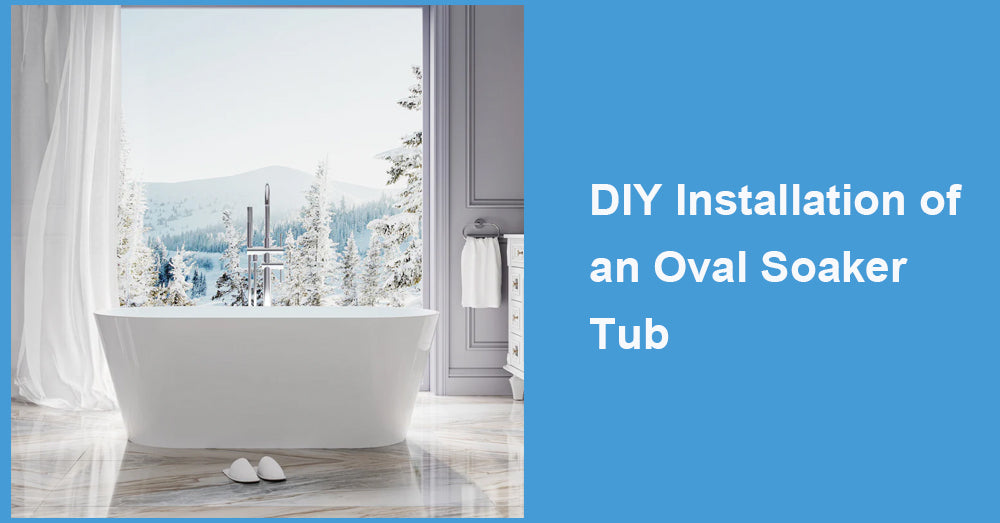
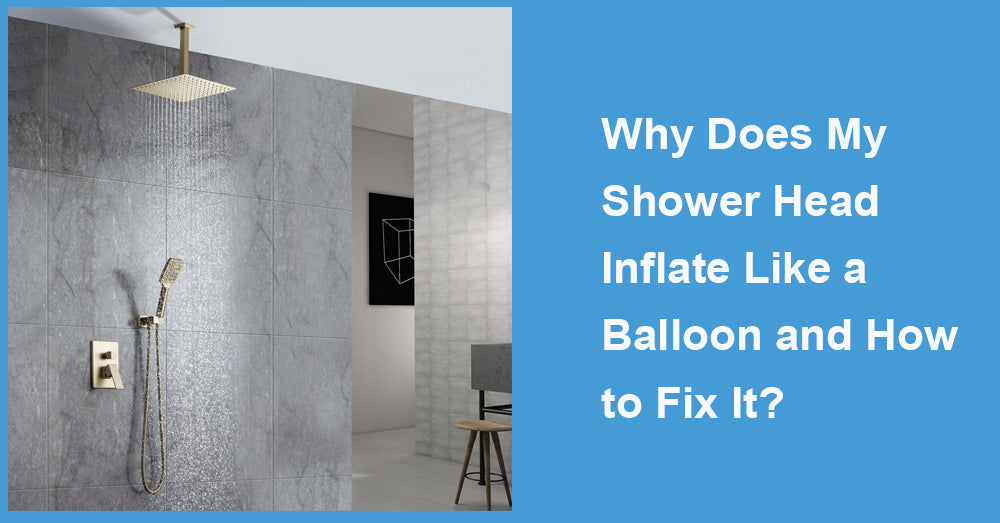
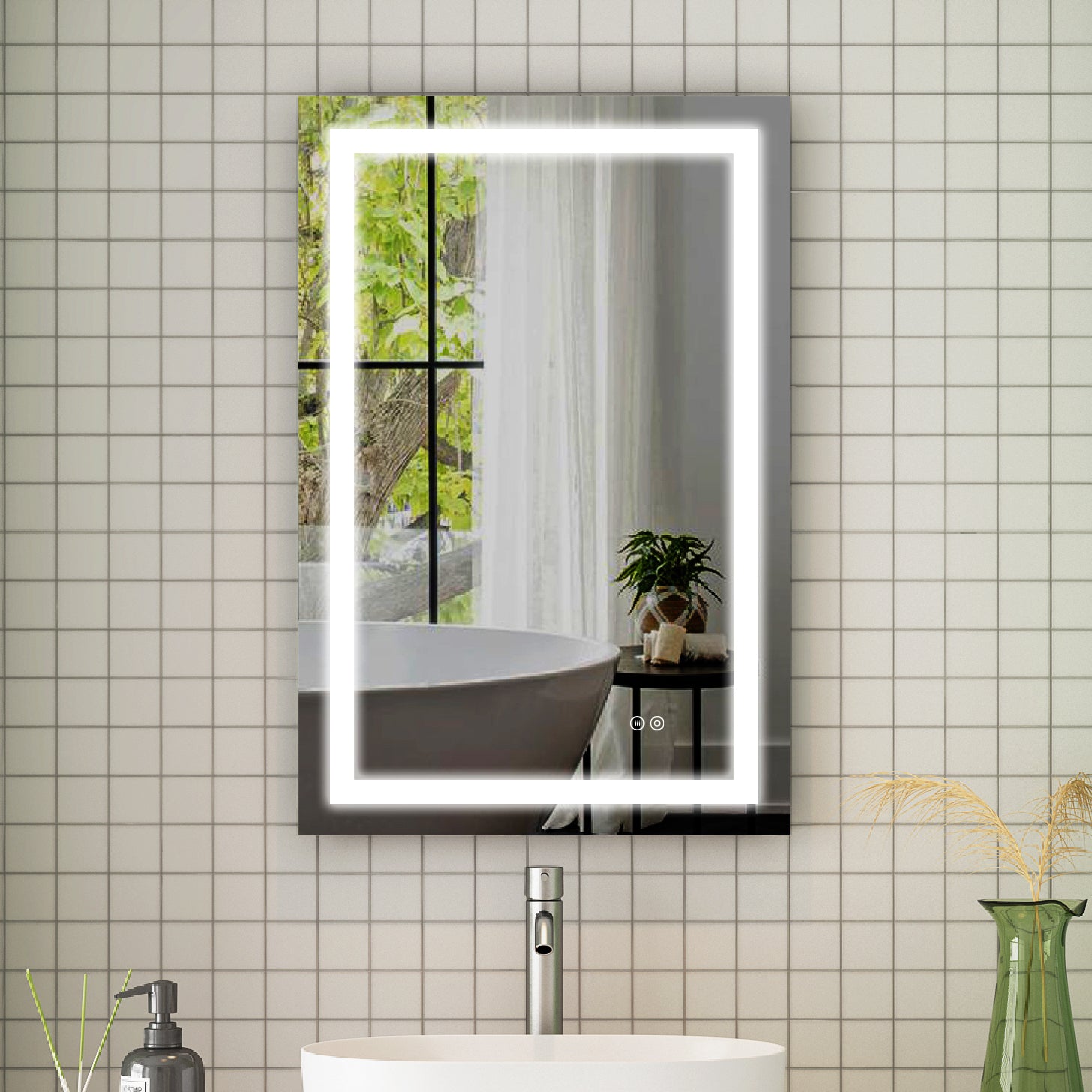

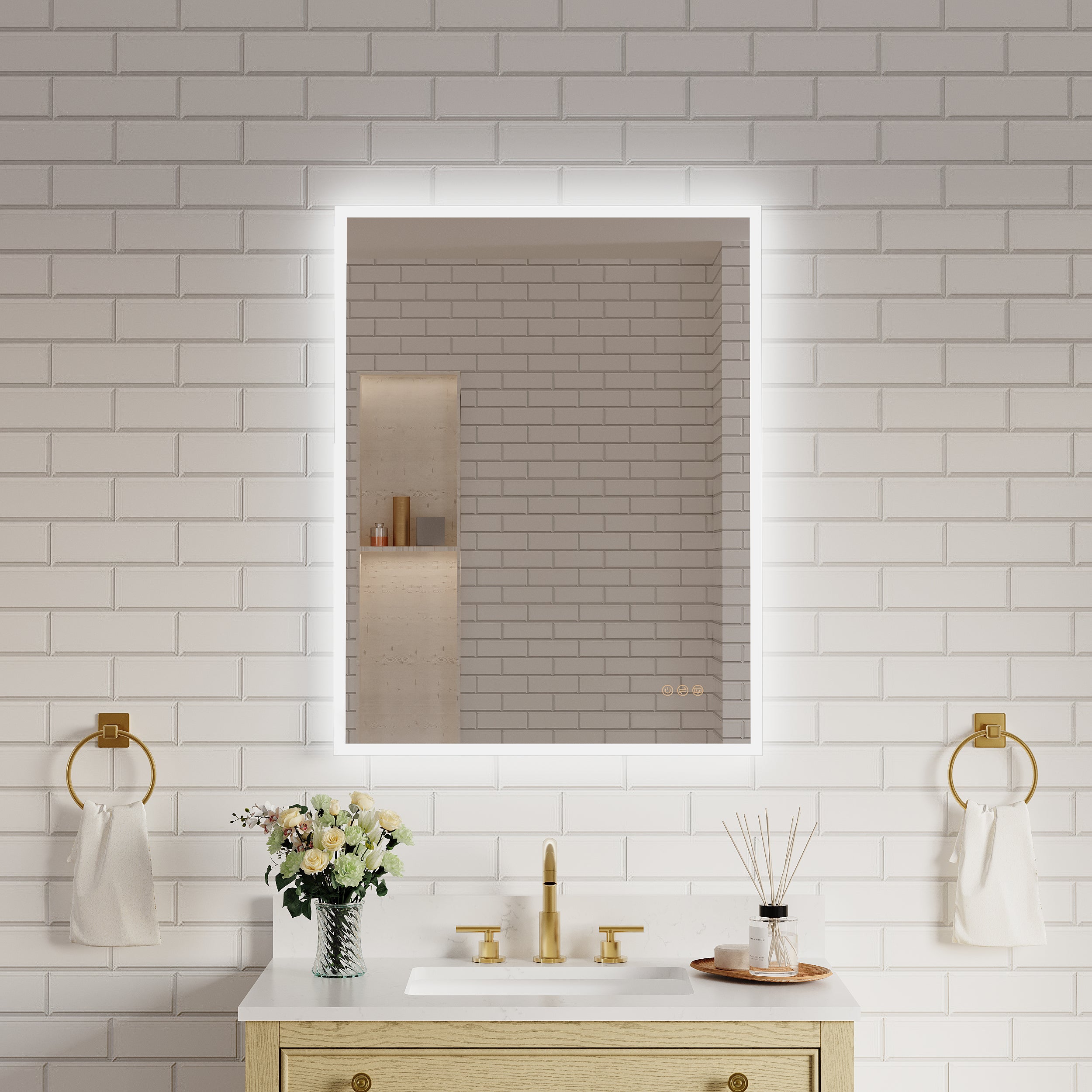

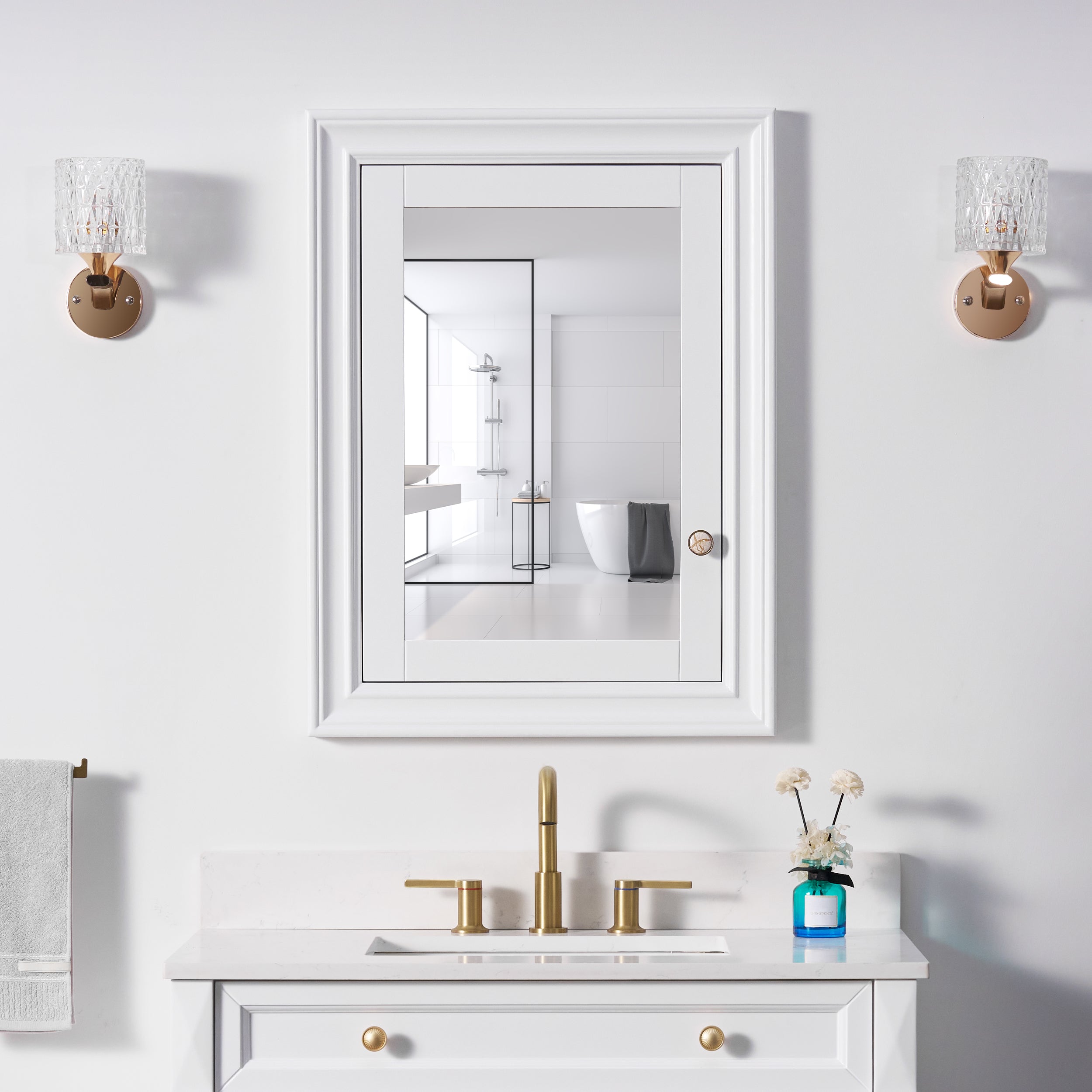
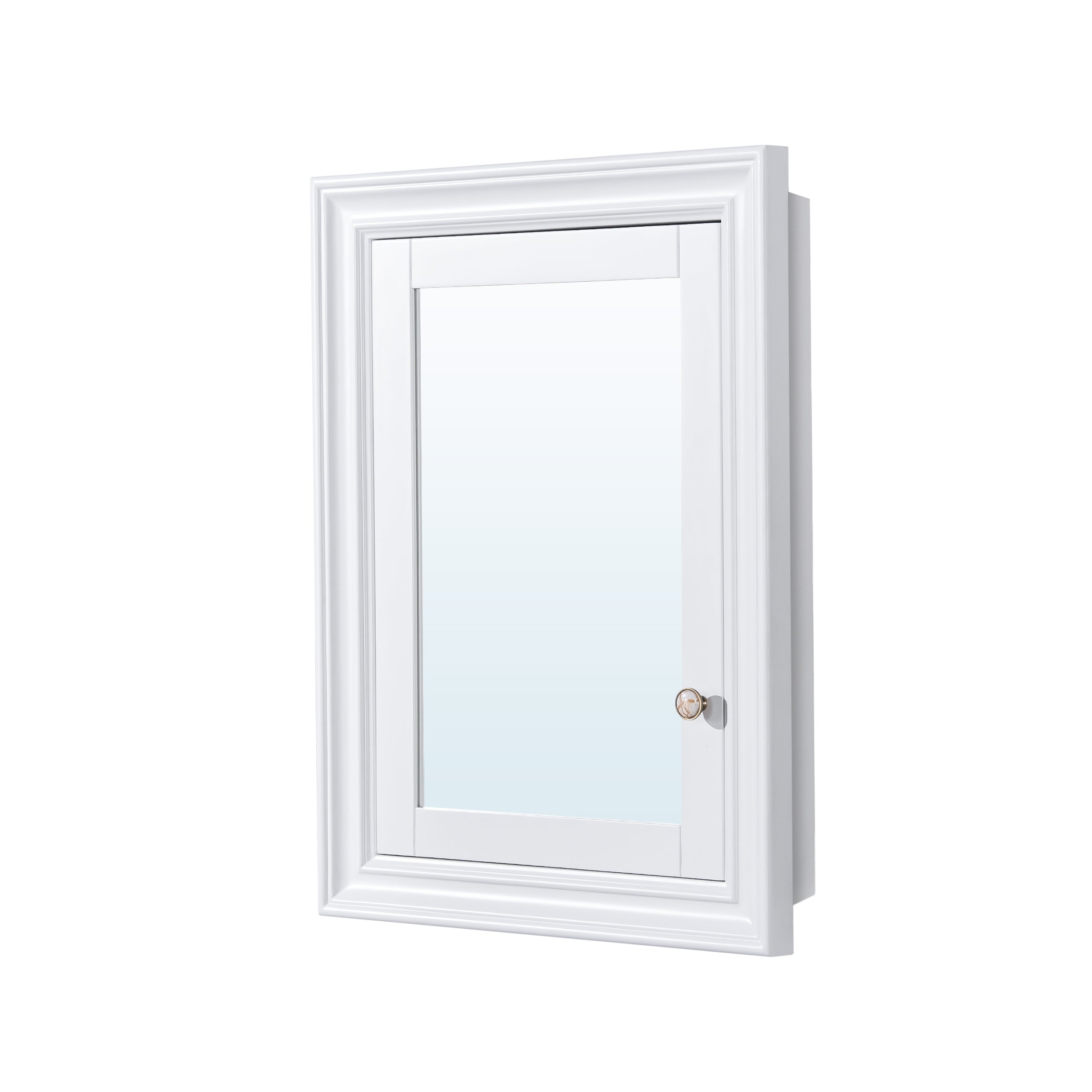
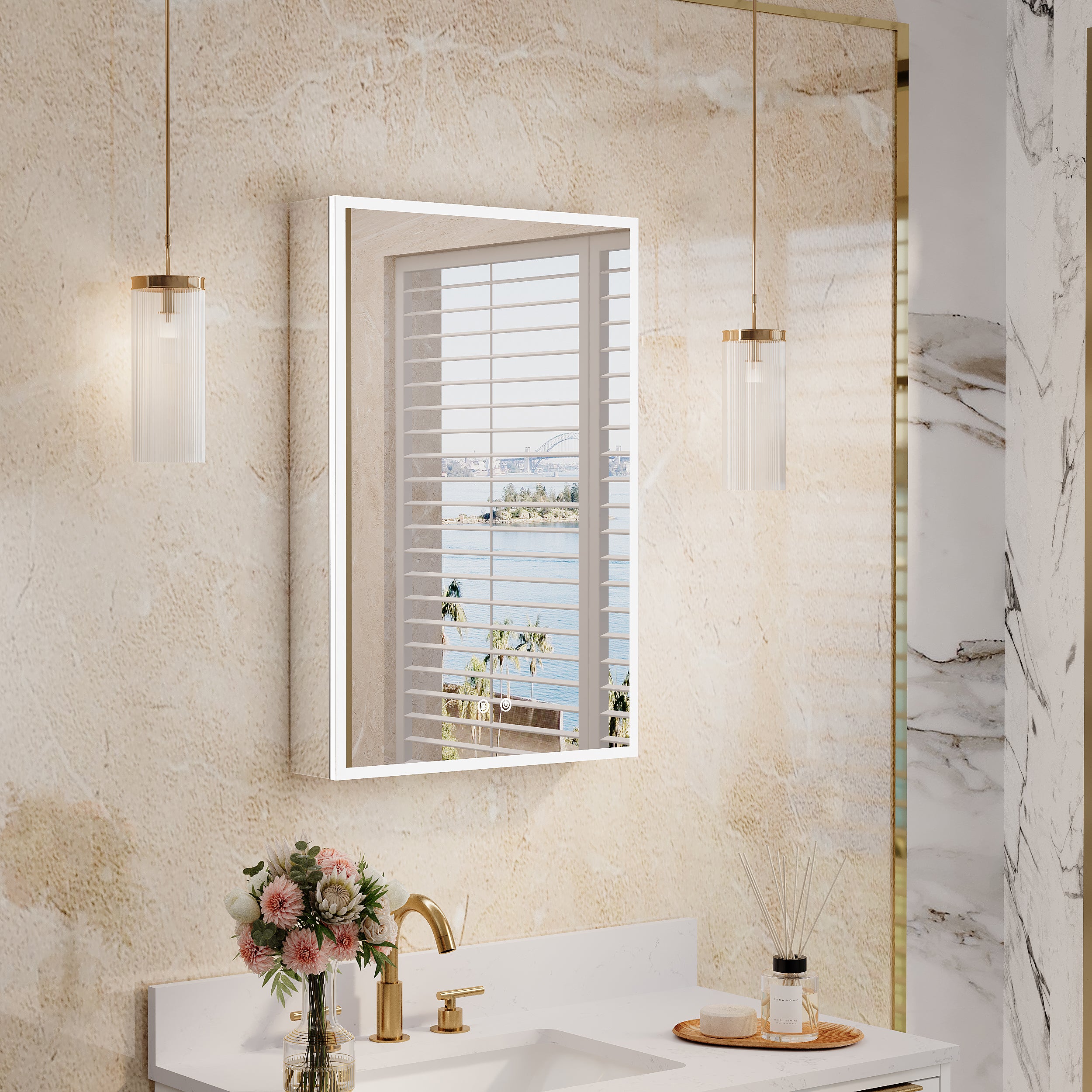
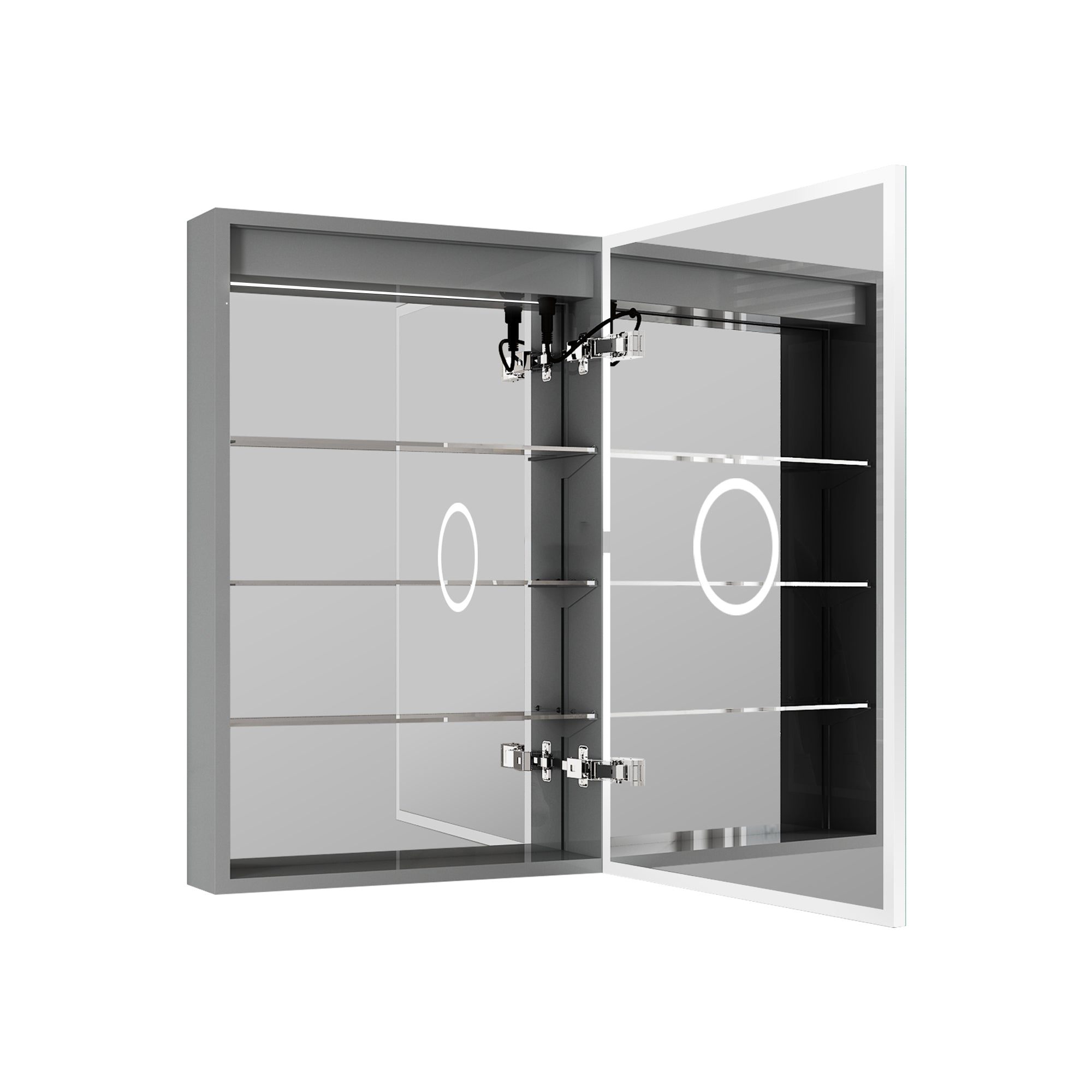
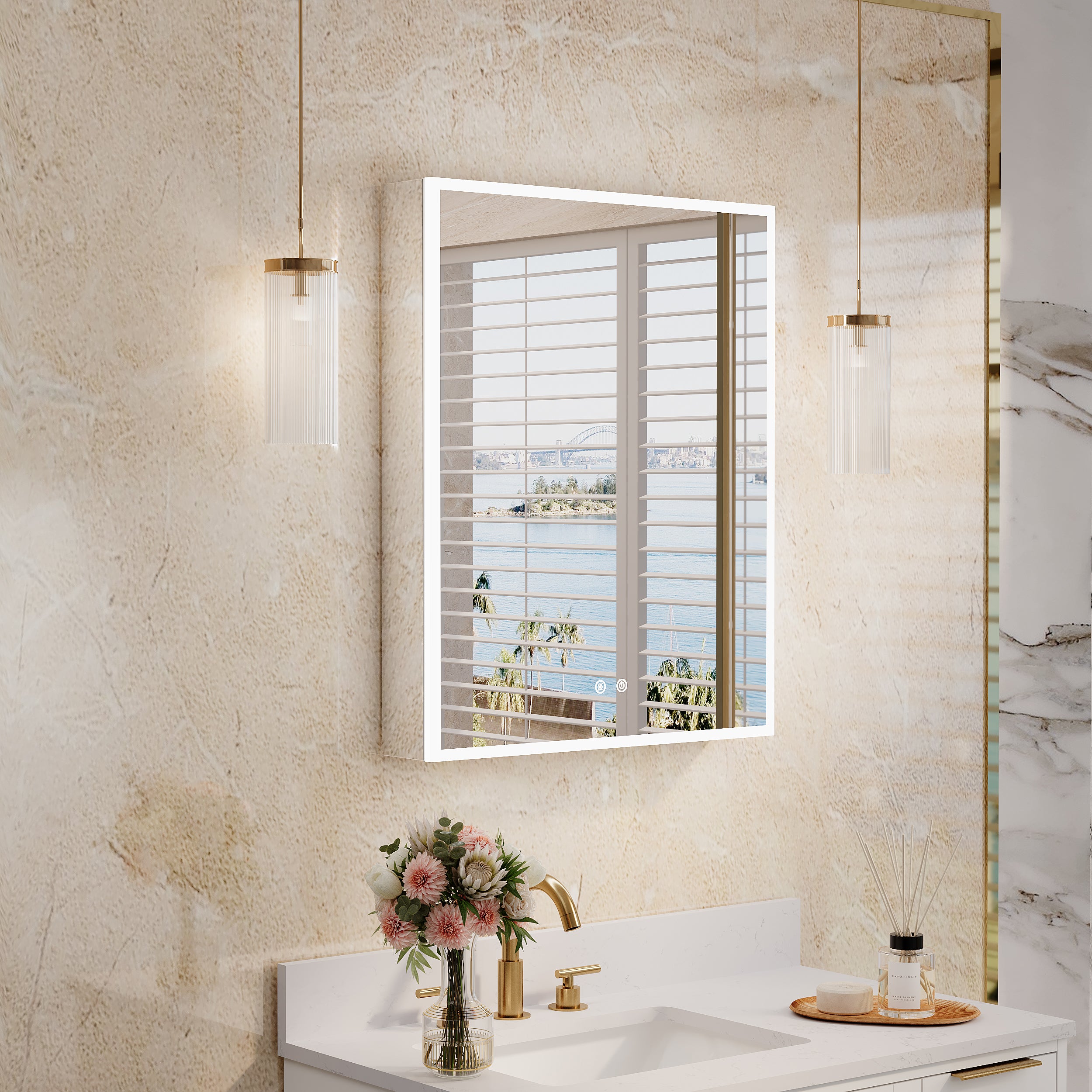
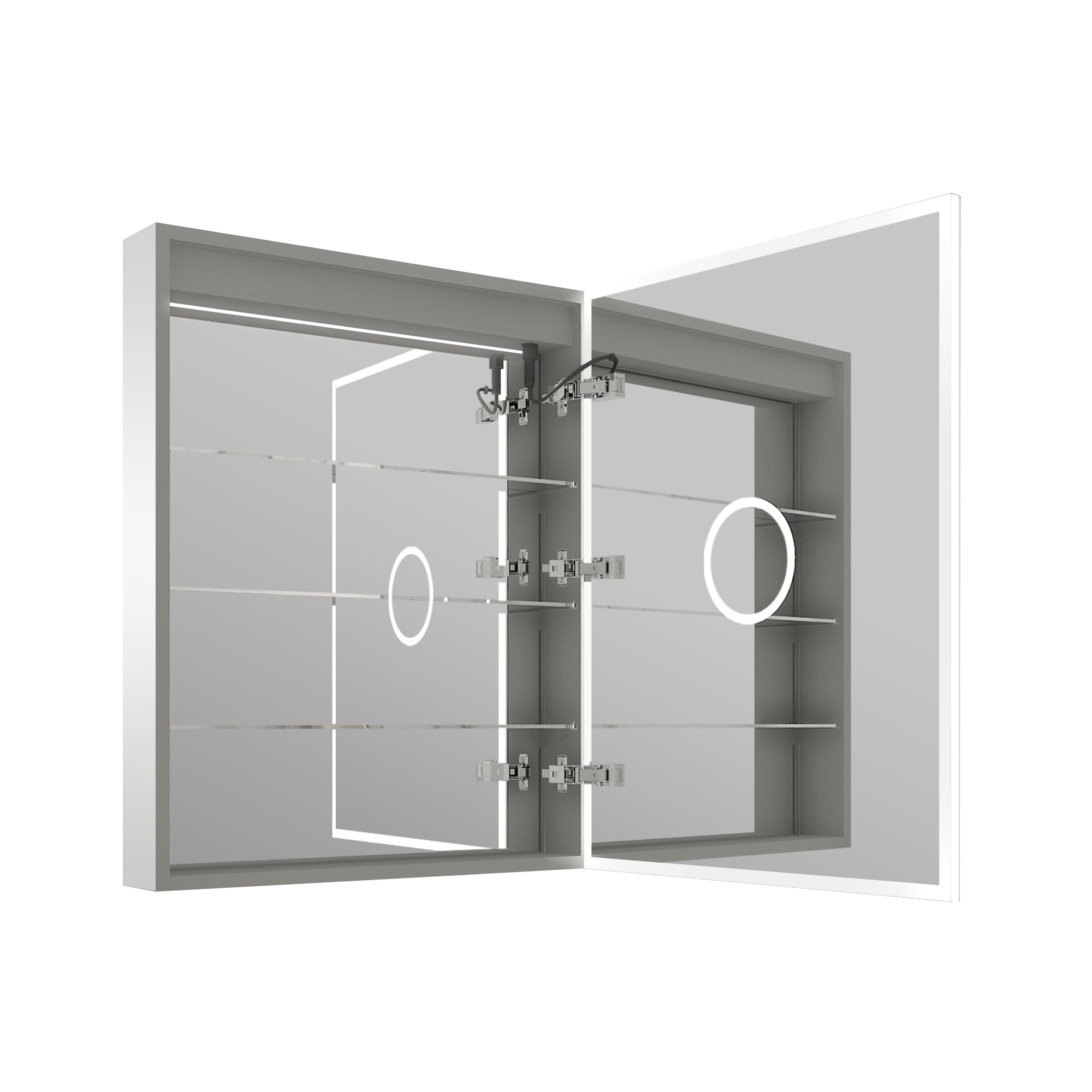
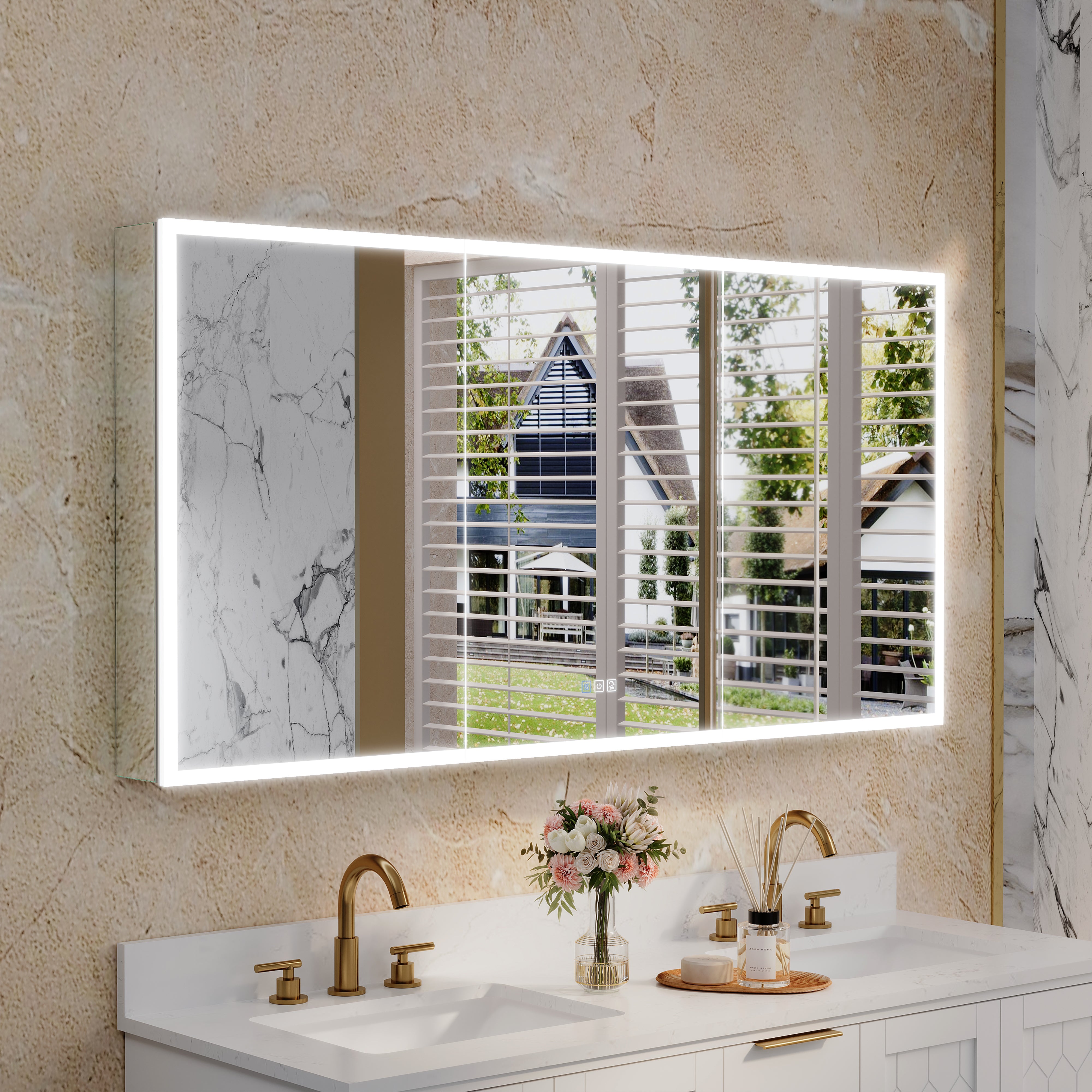
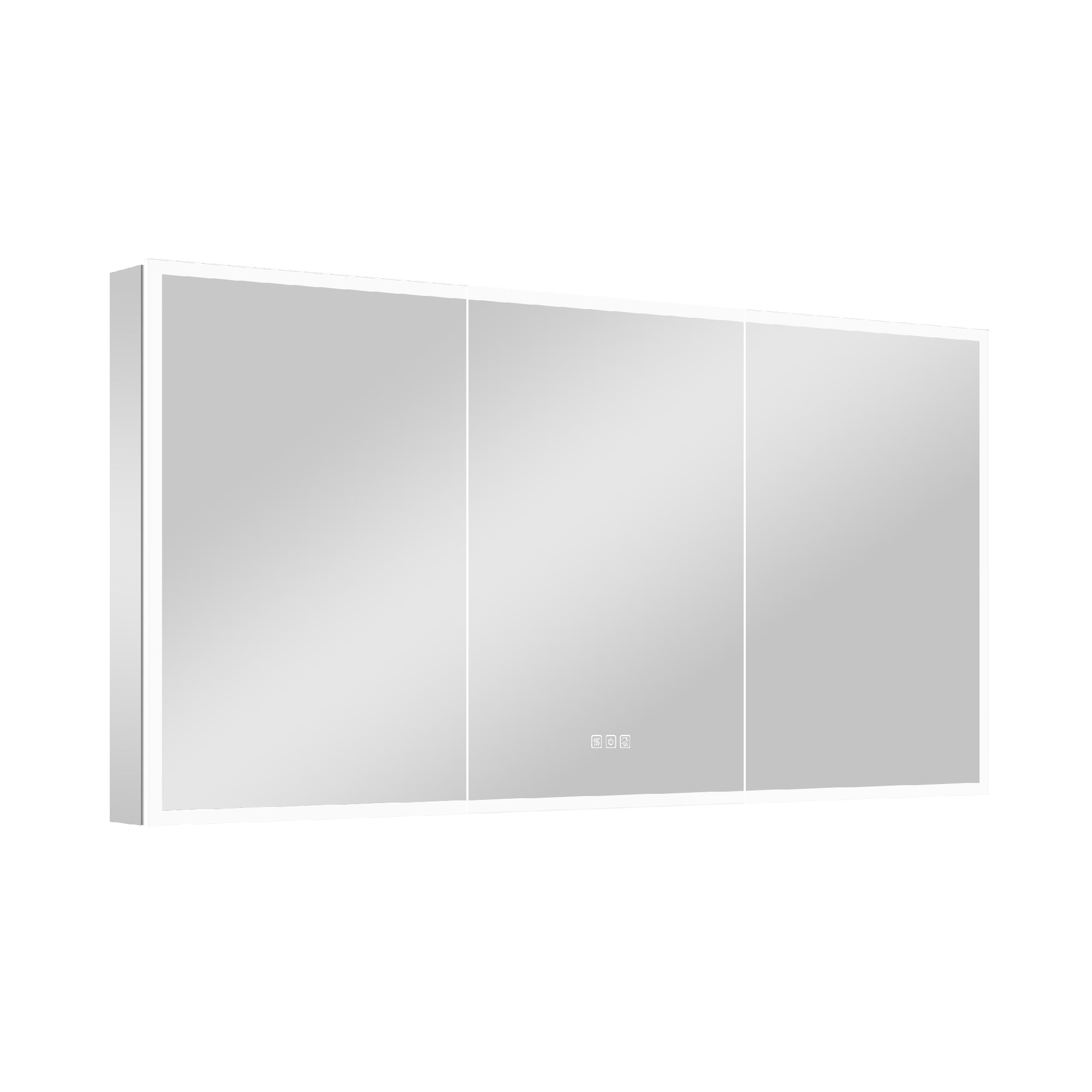
Leave a comment
This site is protected by hCaptcha and the hCaptcha Privacy Policy and Terms of Service apply.